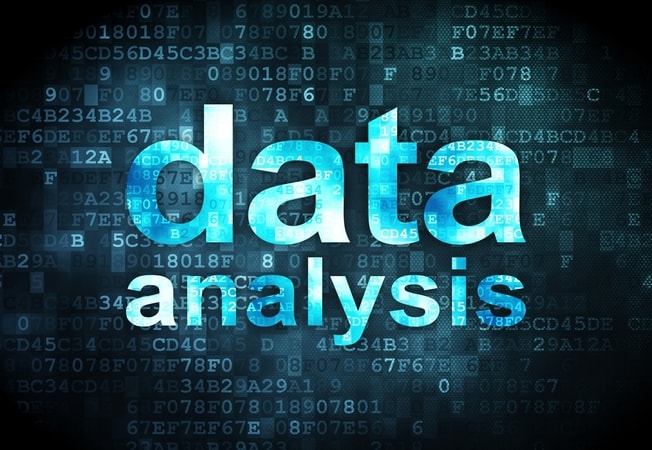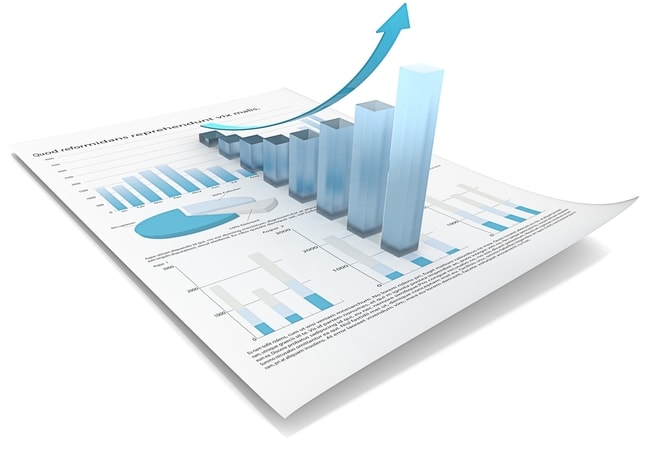Considerations When Determining Measures of Central Tendency in Statistics
In data analysis, it is essential to understand what are measures of central tendency in statistics. The three measures of central tendency used in descriptive statistics include the mean, median, and mode; which are applicable to different types of data distributions and levels of measurement. The arithmetic mean/average is the most appropriate measure of central tendency for interval and ratio data that follow the symmetric distribution.
The median is used with ordinal data or where the ratio or interval level variables follow a skewed distribution. The mode is used with nominal level data types. We are professionals who provide help to determine measures of central tendency to both students and researchers; offering an accurate description of the variables being analyzed.
This article contains a detailed discussion on the factors we consider when offering the services of quantitative data analysis experts to determine measures of central tendency in statistics.

With the correct statistical measure of central tendency, one is able to find the average, middle, or central location of an entire data set. The central tendency measures tell what is typical or common in a variable being analyzed.
We are readily available and glad to offer the services of quantitative data analysis experts in defining the central tendency measures and the conditions under which each may be used. Discussed below are some of the factors we consider when determining measures of central tendency in statistics.
1. Levels of measurement
The measures of central tendency to use depend on the level of measurement for the data being analyzed. The mode is used to find the most frequent value for nominal data. In the nominal level of measurement where the data are divided into mutually exclusive categories, the mode value can be used to identify the most popular category. In a ranked or ordinal level of measurement, the median is used.
A simple formula to figure out the position of the middle value in the distribution can be applied to large data. The methods of determining the median value depend on whether the total number of the data values is an even or odd number.
The mean is useful for interval and ratio measurement levels. Although the three commonly used measures of central tendency are best used in combination with each other owing to their complementary strengths and limitations, sometimes only one or two middle values are applicable depending on the level of measurement of the variables being analyzed and the data distribution.
2. The shape of the distribution
The shape of the distribution affects the choice of the central tendency measure appropriate for the data set. The shape of the distribution can either be normal or skewed as discussed below.
-
Normal distribution
In normal distribution (symmetrical distribution), all the middle values; the median, mode, and mean are equal. Both the mean value, mode, and median appear in the middle of the distribution. Although the mean is the most frequently used measure of central tendency, the mode and median can also be used in different distribution shapes.
-
Skewed distribution
In a skewed distribution, the mode represents the most frequently occurring value while the median occupies the middle location in the distribution. The mean value in skewed distributions is not often found in the middle, thus, the median is the preferred measure of central tendency. For a positively skewed distribution, the extended tail pulls towards the right than the left side of the distribution.
There is a tendency for the mean value to be pulled towards the right tail in a positively skewed distribution. When the tail to the left side is longer than the right, a negatively skewed distribution is created. It is, therefore, essential to study the distribution shape to understand how to determine measures of central tendency in statistics.
3. Presence of extreme values and outliers in the data set
Outliers are extreme values that differ notably from the rest of the data. Our help to determine measures of central tendency in statistics entails detecting outliers because they have the potential to influence the data analysis results.
The mean value remains the most appropriate of the central tendency measures despite being sensitive to outliers. If the validity of outliers as extreme values is confirmed, various regression techniques can effectively help in minimizing their effect on the mean value rather than being removed from the data set.

4. Data types
Data types also affect the decision to determine what measures of central tendency to use in statistical analysis. The mean, being the most commonly used measure of central tendency, can be used with both discrete and continuous data. It is determined by calculating the sum of all the values in the data set and dividing by the number of values in the set.
It is the only measure of central tendency where the sum of the standard deviation for each value from the mean is zero. The median remains the typical value for skewed data because it is not extremely affected when the frequency distribution contains skewed values.
It is the middle value in a given data set that remains unaffected in case of skewed distributions or outliers. The mode represents the most common score in a data set and can be effectively used with categorical data. It is rarely used with continuous data especially when the mode occupies two or more values.
5. Variability of scores
The variability describes how far the scores are dispersed from the central point. The measures of central tendency and variability are used together to describe an entire distribution of scores in a data set.
The common measures of variability include the range, interquartile range, variance, and standard deviation. The range, being the commonly used measure of the variability of scores involves calculating the difference between the maximum and minimum values in a set of data. It is necessary to understand the variability of scores in a data set that may influence the choice of the central tendency measure and the results of the statistical analysis of data.
We offer the best help to determine measures of central tendency in statistics by carefully considering the above factors. We analyze the levels of measurement to determine if the data set falls under the nominal, ordinal, ratio, or interval scale.
Our experts also determine whether the scores follow symmetric distributions or are skewed to decide the appropriate measure of central tendency that can provide a meaningful descriptive summary of the data before conducting statistical tests.





